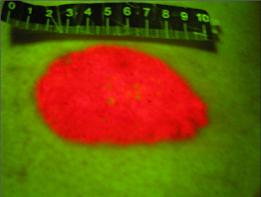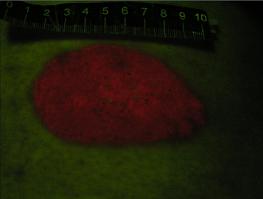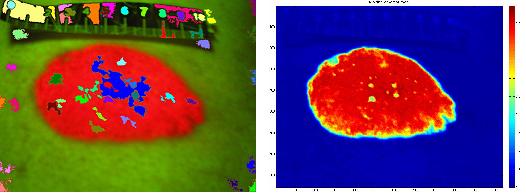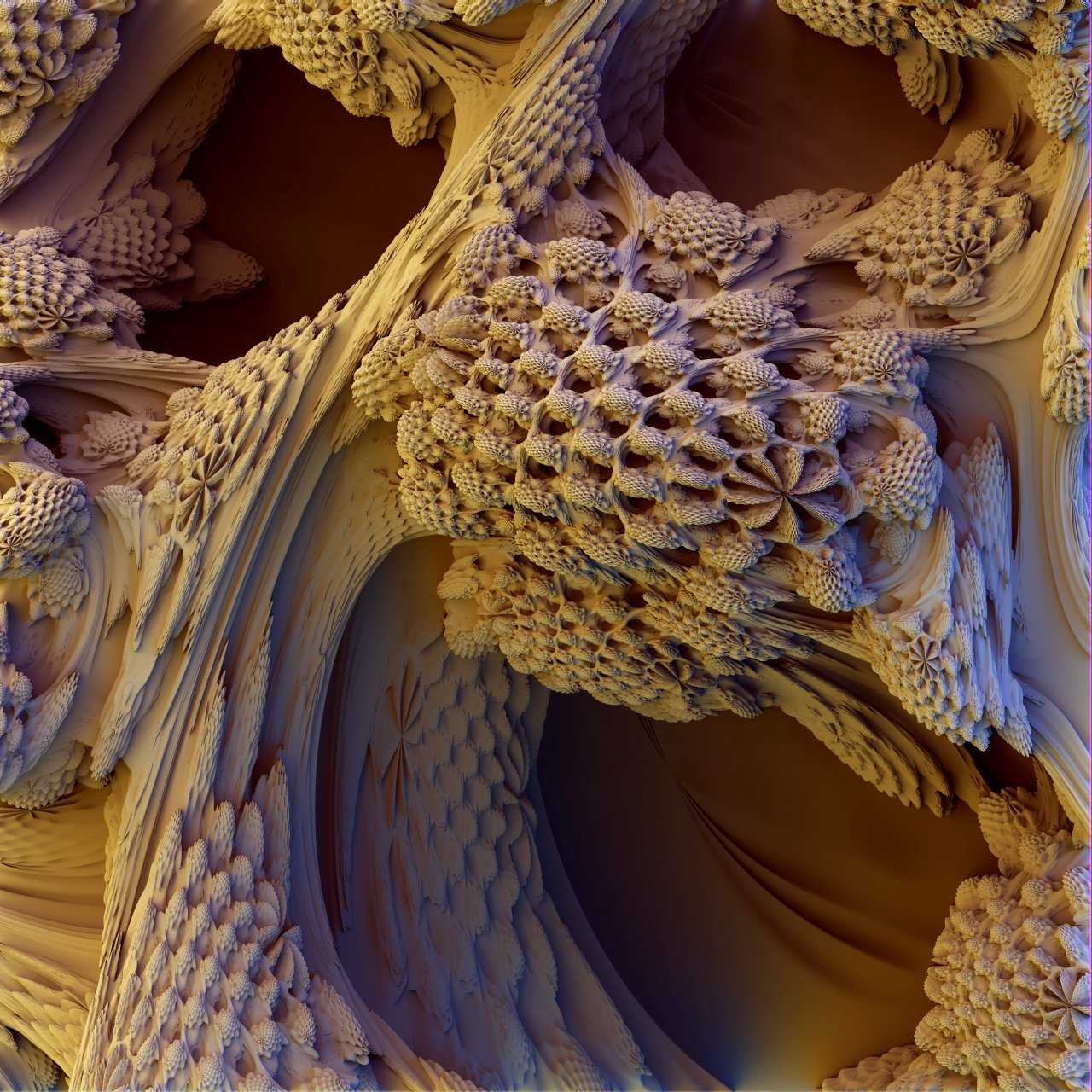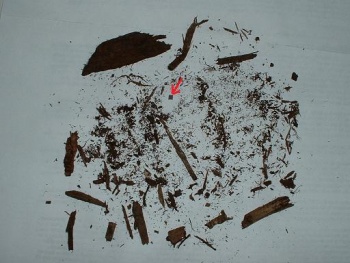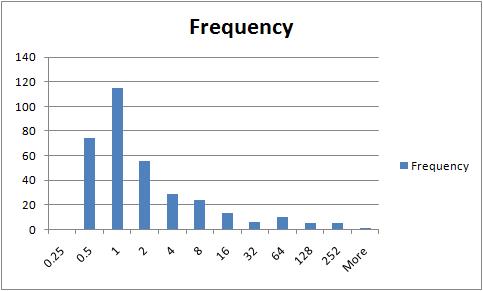Wikipedia’s list of image analysis software
Wikipedia’s article lists image analysis software in the form of a table. The columns are:
- Product
- Developer
- Cost (USD)
- Open source
- Software license
- OS
- Continuous
- Industries, Uses and Applications
I thought that the type of license, open/closed source, OS, etc aren’t very interesting, while some more important, in my view, data should be added. Based on the inspection of the vendors’ sites, I tried to answer the following questions.
What is the price? In the absence of that information, I put $$$$ indicating that the price might be in the thousands.
Is there a free version available for download? Companies with $$$$ usually don’t have that.
Does the site provide examples of how the software has been used for image analysis? Very often, surprisingly little is provided.
Does the site reveal the methods/algorithms behind the software? Commercial vendors say nothing. Open source certainly qualifies for Yes in this category but most of the time the source is all you get. The actual math, algorithms, errors, etc are ignored.
To see the new table follow this link: Image analysis software.
Digital discoveries
- Casinos Not On Gamstop
- Non Gamstop Casinos
- Casino Not On Gamstop
- Casino Not On Gamstop
- Non Gamstop Casinos UK
- Casino Sites Not On Gamstop
- Siti Non Aams
- Non Gamstop Casinos UK
- UK Casino Not On Gamstop
- Non Gamstop Casino UK
- UK Casinos Not On Gamstop
- UK Casino Not On Gamstop
- Non Gamstop Casino UK
- Non Gamstop Casinos
- Non Gamstop Casino Sites UK
- Best Non Gamstop Casinos
- Casino Sites Not On Gamstop
- Casino En Ligne Fiable


